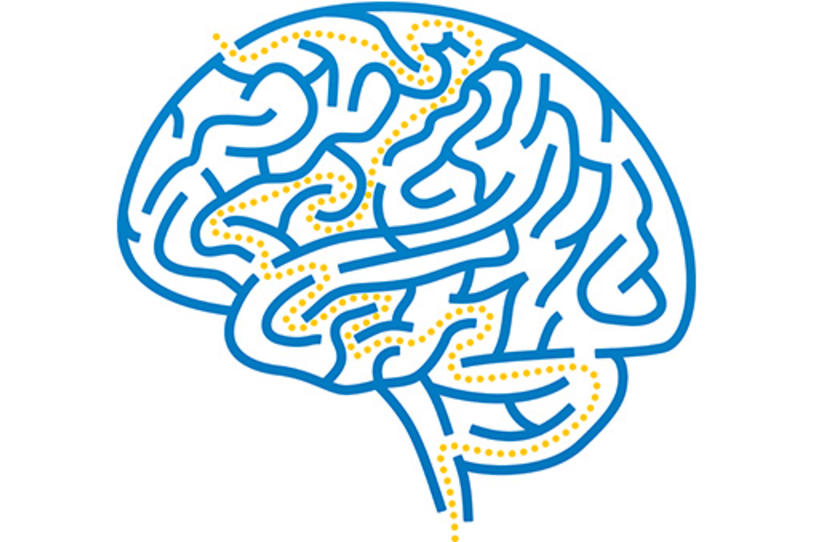
Many clinical trials require a placebo comparison to evaluate the effect of a new drug or therapy. Some people get the active intervention and some get an inactive “fake” treatment that looks the same as the real thing. Usually the volunteers don’t know if they’ve gotten the drug or the placebo.
Why can’t researchers just test the active agent? If you’re told you are receiving a drug that should make you better, you’ll probably start to feel better, even if the drug isn’t working. By giving some people the placebo and some the drug (but without them knowing which they’ve gotten), researchers can test to see if the people who got the drug have a better response.
Some of those people who got the placebo will report feeling better, too. Even if they don’t know they got the drug, their body reacts to the hope that it was the real thing. What causes this so-called “placebo effect?”
David Eidelberg, MD, director of the Center for Neurosciences at The Feinstein Institute for Medical Research a member of The Michael J. Fox Foundation Scientific Advisory Board, set out to answer that question. He talked to us about his recently published research into mapping response to sham (placebo) surgery and how his findings may help research move faster.
MJFF: First, why is the placebo effect a bad thing?
Dr. David Eidelberg: Some patients may think anything that makes them better is a good thing, but the placebo effect is unpredictable and unsustainable. It’s not a practical treatment strategy.
For research, it’s a big problem because you compare the placebo case with the idea that the control is supposed to be neutral. When there’s a significant change in the people who don’t have the drug, you’re not comparing to neutral. From a statistical aspect, it makes it more difficult, and you need more subjects to show you had a response with the drug.
And people who get the real therapy can have a placebo response, too. They’re not mutually exclusive. Maybe the clinical benefit is really multi-factorial. This issue of how much response is placebo and how much is surgical in one person is a deep problem.
Interestingly, the placebo effect is related to strength. If you’re testing a surgical intervention, the placebo effect will be stronger because you know the risk and the benefit will be higher. Your body will want it to be real. If you take a pill, you don’t think the risk is as high, so the effect won’t be as high. If you made it twice as likely that people get the drug (2/3 of volunteers get the drug and 1/3 get the placebo), the effect is greater because subjects think they have greater chance of getting the real thing.
MJFF: How did your study approach this problem?
DE: We used data from a study of PD patients who, rather than deep brain stimulation (DBS), opted for a clinical trial of a molecular approach to normalize brain activity.
So we used PET imaging to look at the brains of these subjects prior to sham surgery and again, six and 12 months afterward. Sixteen of 23 placebo volunteers had a response. We compared their scans and found a circuit (brain network) that was activated in responders (but not in non-responders) to sham surgery.
And the prospective subject score — an index of how active the network was at baseline — correlated to how well the patients did after the sham surgery. The more they improved (measured with the UPRDS), the more active the network was.
MJFF: How could researchers use this information?
DE: We found, too, that at baseline (before surgery) the hyper-responders had lower activity in that identified network. People who didn’t respond to sham surgery were already using that network beforehand. When you’re not using it and there’s more to access, you’re able to marshal those brain areas and produce a placebo response.
If one were to routinely screen for this network activity as part of research design, it may be possible to limit the number of sham surgeries needed to detect a valid treatment effect. By using imaging criteria to weed out potential hyper-responders, we produce a smaller, less variable control group, which improves the overall efficacy of the study. This approach also allows one to determine in those undergoing actual treatment the proportion of benefit attributed to the intervention versus placebo effect.
MJFF: What do you think predisposes someone to be a responder vs. a non-responder?
DE: No one knows, but it’s going to be a growth industry to find out. This network has presumably been present since birth, so it may have nothing to do with Parkinson’s. Maybe its expression is under genetic control.
Read more in Dr. Eidelberg’s paper on this research.
